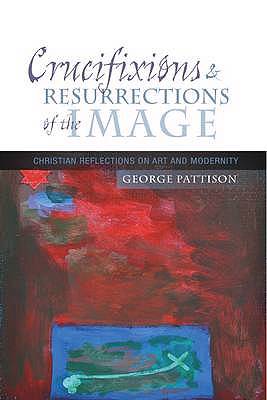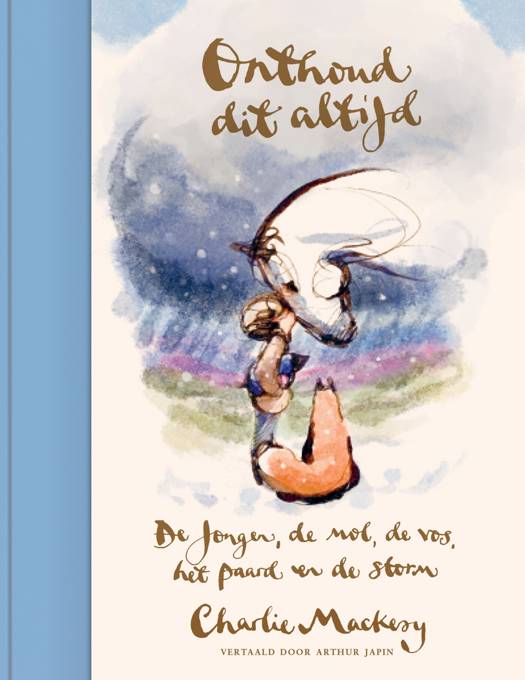
Je cadeautjes zeker op tijd in huis hebben voor de feestdagen? Kom langs in onze winkels en vind het perfecte geschenk!
- Afhalen na 1 uur in een winkel met voorraad
- Gratis thuislevering in België vanaf € 30
- Ruim aanbod met 7 miljoen producten
Je cadeautjes zeker op tijd in huis hebben voor de feestdagen? Kom langs in onze winkels en vind het perfecte geschenk!
- Afhalen na 1 uur in een winkel met voorraad
- Gratis thuislevering in België vanaf € 30
- Ruim aanbod met 7 miljoen producten
Zoeken
Crucifixions and Resurrections of the Image
Reflections on Art and Modernity
George Pattison
Paperback | Engels
€ 49,95
+ 99 punten
Omschrijving
George Pattison offers theological reflections on a range of works of art and films which have attracted wide discussion such as Anthony Gormley's 'Angel of the North'. Pattison takes seriously the modernist movement in art and constitutes an argument for its continuing relevance. The book centres on artists active in the mid- to late twentieth century, whose work reflects both the cultural and social crises of that era - Beuys, Rothko, Kiefer, Natkin and film directors such as Bergman and Tarkovksy. The studies are contextualized in broader reflections on modern art that suggest 'the death of God' as a motif that links theology and modern art itself. This enables a Christian theological engagement with works that often appear alien or even hostile to Christian faith. George Pattison takes the secular seriously in its own right, arguing that both secular art and theological reflection are often different but related responses to a common existential situation.
Specificaties
Betrokkenen
- Auteur(s):
- Uitgeverij:
Inhoud
- Aantal bladzijden:
- 192
- Taal:
- Engels
Eigenschappen
- Productcode (EAN):
- 9780334043416
- Verschijningsdatum:
- 23/11/2009
- Uitvoering:
- Paperback
- Formaat:
- Trade paperback (VS)
- Afmetingen:
- 140 mm x 216 mm
- Gewicht:
- 226 g

Alleen bij Standaard Boekhandel
+ 99 punten op je klantenkaart van Standaard Boekhandel
Beoordelingen
We publiceren alleen reviews die voldoen aan de voorwaarden voor reviews. Bekijk onze voorwaarden voor reviews.









